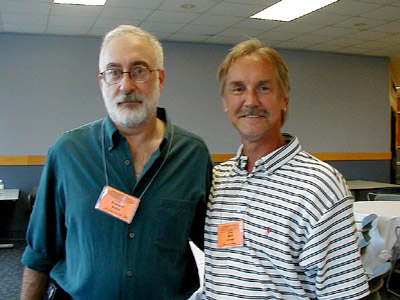| Key
Activities
| Challenges | What
We Learned
Supporting
Regional Efforts: What we Learned
 In
supporting the work of the six different state inhalant initiatives,
we gained some important insights. In
supporting the work of the six different state inhalant initiatives,
we gained some important insights.
No
need to reinvent wheel
Excitement about this issue is contagious and passes to other states.
It’s fresh, it’s do-able. States that are further along
can mentor states that are just beginning so that nobody is reinventing
the wheel.
Find
the right people
We gained a big boost from offering the regional training of trainers
to selected persons from each state. When we invited people to the
training we looked for individuals who could train others, spread
the message well, allocate resources, or inform policy decisions
and planning. We asked each of the state key representatives to
nominate people who could carry the torch, who would be the right
people to bring the message back to their state.
Task
forces are valuable
One key finding that emerged from our follow-up evaluation of the
training of trainers’ event was that being a member of a state
inhalant task force was extremely important.
Task force members did substantially more inhalant prevention work
than non-task force members after they were trained. The implications
of this are important in two ways. First, establishing a task force
seems to be a key support for local people trying to do this work.
Second, it suggests that either you need to target people who already
have a lot of experience in inhalant prevention or you need to target
people who are members of task forces. But targeting people without
a lot of experience who aren’t members of task forces probably
isn’t going to be very effective.
Develop
new evaluation tools
Since this is an infrastructure development grant rather than a
direct service project, our evaluator needed to create a way to
measure its effectiveness. Network analysis based upon Diffusion
of Innovation theory offers a way to do this.
|
